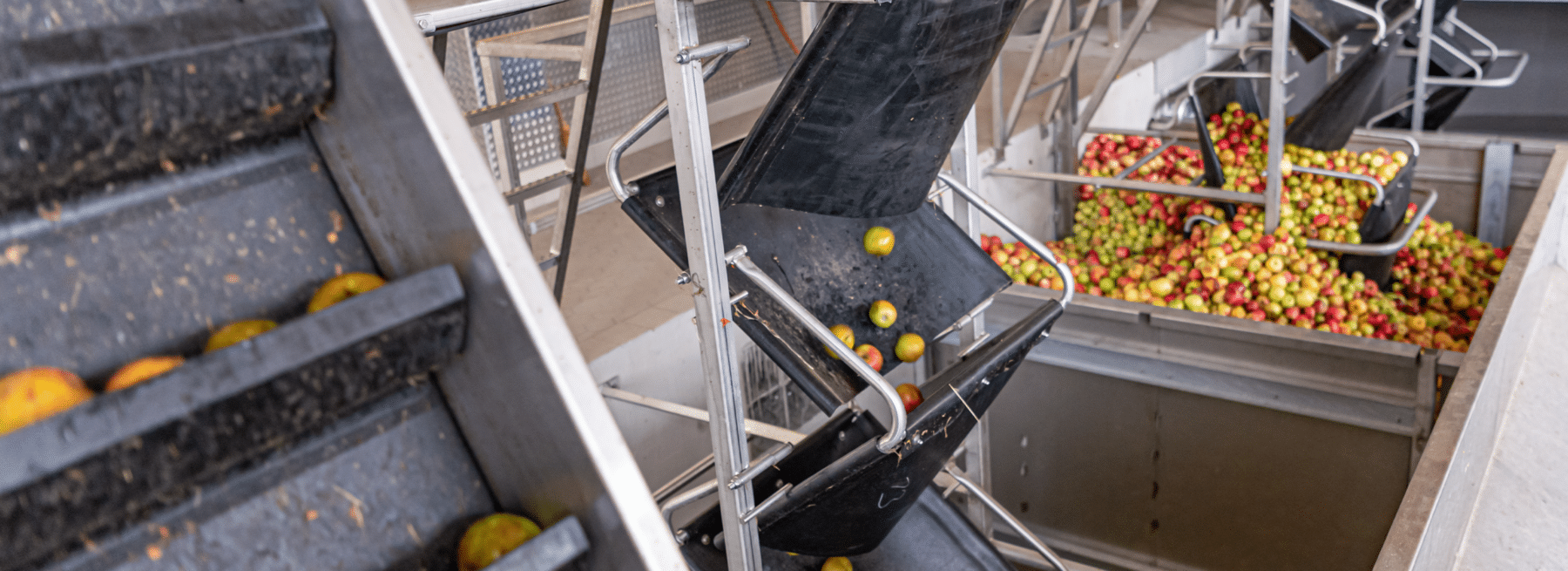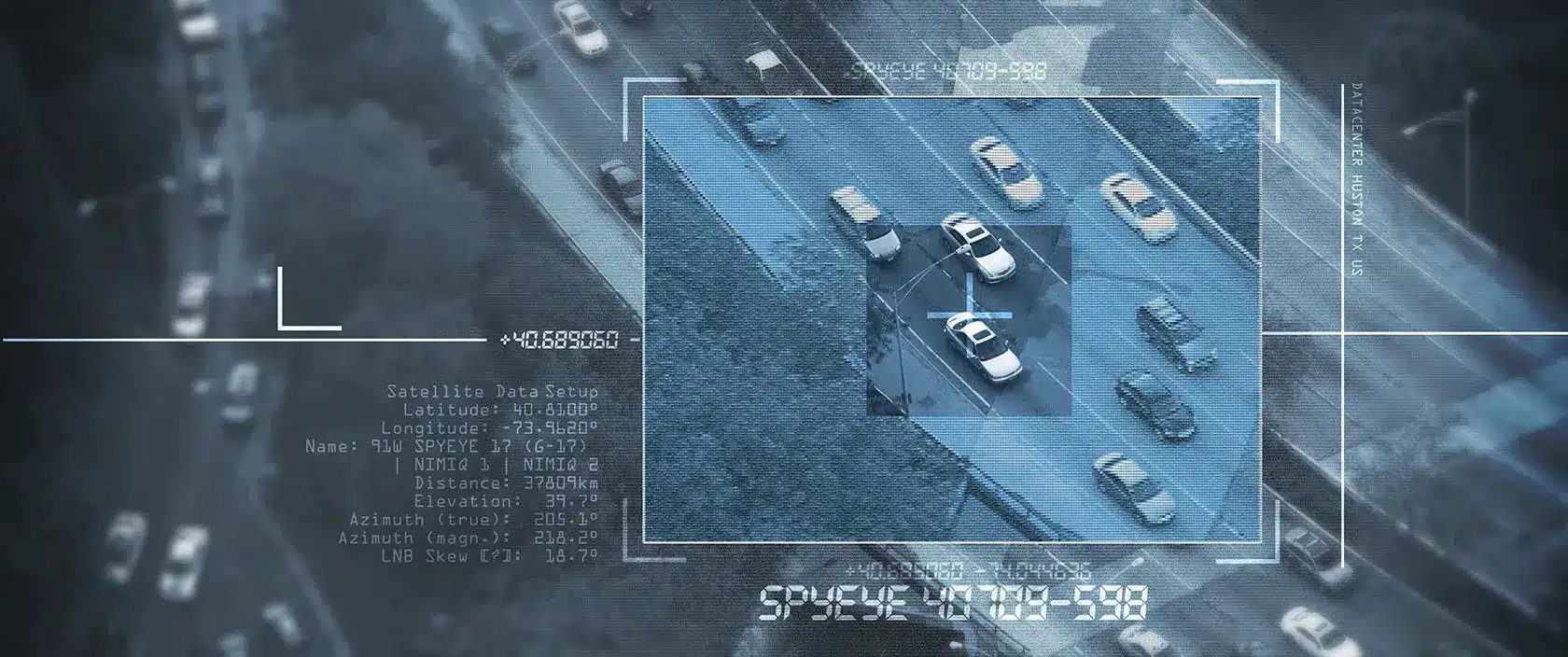The fallout from COVID-19 has affected commercial properties like nothing they’ve ever encountered before. With word of a vaccine coming, the world is still a long way from recovering and returning to gathering in public and in larger groups.
Clients are pressing pause or killing the deal altogether in signing a new commercial property lease. Fortunately, you can pivot to make your commercial property more valuable in the time of the pandemic. Some of these suggestions, including the addition of refrigeration, work spaces and proactive security will last beyond the pandemic. A little creativity with these technologies will turn your commercial property into an asset for years to come.
Add Refrigeration to Your Commercial Property
A technology that has been around for a long time is going to see increased demand very soon. As vaccines near rollout, it will lead to an increased need for refrigeration. You may not think of it as technology, but it very much is.
Many of the COVID-19 vaccines undergoing trial require very cold refrigeration. These could be as cold as minus 80 degrees Fahrenheit. If you have an unused commercial property, this could be an opportunity.
According to The Dallas Morning News article, the cold storage industry is already short-handed. That’s because the demand for refrigeration has climbed for grocery stores and ecommerce businesses. However, be aware that vaccines may not stick around for long as they head to their destinations.
The key is to adapt and pivot. You may be able to rent refrigerators to store vaccines. While the vaccines undergo distribution, you can look for new tenants to take over the space. The timing should work out well.
By the time everyone is vaccinated, the need for commercial property real estate will grow and you can pivot again. You may even find that providing refrigeration leads to new opportunities.
Repurpose Space for Remote Working
Remote working doesn’t mean you work from home. It means you do not work in a building with other employees from your company. When the pandemic ends, remote working will likely become a mainstay. That’s because companies will find it’s doable and saves on costs while contributing to a reduction in traffic.
Still, not everyone has a good internet connection at home. Some people may be struggling with working from home. Reconfigure some of the space into a remote working center. The advantage is that you can offer a better internet connection. It’s also an office environment, which some prefer to a home environment.
Create conference rooms that keep social distancing in mind. If possible, have small conference rooms suitable for two people as well as larger ones. Set up desks with a social distancing-friendly arrangement. You could create a menu of amenities such as providing a computer and monitors. Ask around to find out what people want.
You might consider creating small conference rooms with big screens. These screens can be used for video calls. Create a set up that is easy for people to join video calls. It could be as simple as plugging a laptop into the conference room’s cable. Everything on the laptop shows up on the screen including a video call.
Improve Energy Efficiency in Commercial Properties
With office buildings only attaining a 10 to 30 percent occupation rate, it’s a good time for commercial property management to make changes to their real estate properties. One of those is adding energy-efficient technologies to save on energy costs. It turns out that electricity is the second-highest cost for commercial properties.
What you can do is change out the lighting to be automatic. They turn on when there is movement. They turn off when there is no movement in the room, restrooms, or on the floor after so many minutes. This one thing has helped landlords save up to 40 percent on electric bills according to a Charlotte Business Journal article.
Another way to save on electricity bills is HVAC and filtration. The article references filters with a MERV, which is the minimum efficiency reporting value. Newer buildings tend to have MERV rated 11 or higher. This isn’t the case for older buildings. It’s well worth it for property managers to investigate upgrading the filtration system.
Tenants may also want a building to have certification from WELL or Fitwel. These certifications indicate building management has taken steps to improve occupants’ health. That’s where the similarities end.
Modeled after LEED, WELL focuses on occupant health. Fitwel, on the other hand, is the brainchild of the U.S. Center for Disease Control and Prevention (CDC) and the General Services Administration (GSA). Fitwel targets existing large buildings, multi-tenant buildings, government buildings, and those working with a tighter budget.
The best one depends on the building and needs. Do your due diligence in comparing the certifications to determine which is a better fit.
Enhance Contactless Technology
Since many continue to work from home, this would be a good time to switch to contactless technology. You can install contactless toilets, faucets, and soap dispensers. No, the pandemic won’t last forever. But these features can help minimize illnesses. The coronavirus isn’t the only virus that spreads through contact and droplets. Tenants will be looking for features like these.
Not all contactless technology should be implemented. The cost of some technologies may be out of reach. For example, there’s a technology that lets you request an elevator from your phone. There are also contactless elevators that can be controlled by gestures. However, this could be a training issue as not everyone knows how to make the right gesture.
As people continue to work from home, the buildings won’t be fully occupied any time soon. If you have updates and upgrades planned, do it now. Another problem with empty buildings is that there is no one to report problems. A water leak can happen with no one in the building, which brings up the next technology.
Video Surveillance for Commercial Properties
Some property managers have assigned people to walk the building on a regular basis. Their role is to ensure everything remains in working order. They look for potential leaks, power outages, and other things. You won’t need anyone on-site when you invest in a video surveillance system. It provides many more benefits besides watching for leaks and other building problems.
Be aware that some companies are touting thermal cameras as part of a video surveillance solution. They say it can check the temperatures of people when they enter the building. Thermal cameras for taking temperature are notoriously inaccurate and should not be used for this. Rather, they are better served for use at nighttime. Thermal cameras can see well at night as regular cameras can see in the daytime. (If you’d like to learn more about them, here’s a guide on thermal cameras.)
Besides watching for problems in the building, video surveillance cameras also offer these benefits:
- Help stop crime and damage
- Control access
- Cut risk and liability
- Help save on insurance premiums
- Help with contact tracing
- Track number of people in the building
The appearance of video cameras alone can deter crime. More so, when you post signs that say “Area under surveillance.” This does not mean posting fake cameras or real cameras with no one monitoring them. When you do that, it can cause liability issues.
Imagine you’re walking in a parking lot at night outside your commercial property. You notice the video cameras. They make you feel secure. However, if something happens to someone and no one watched the cameras, then it becomes an expensive problem.
The sight of cameras, the warning signs, and monitoring via analytics and human intelligence together lower the chances of crime or damage happening. Implementing video surveillance shows your insurance company that you’re at a lower risk for crime and they may lower premiums.
You can integrate security by using video surveillance with an access control system. This allows you to match the time stamp from the access with the video to see what took place at a specific time. Unifying the technology maximizes security and leads to a quick ROI. An access control system gives people a contactless way to enter the building. It can also control what parts of the building they can or cannot enter.
If your commercial real estate property has one, you may want to remove the front desk. Switch to an access management system. People can swipe their badge to enter without touching anything besides their own badges. Video surveillance integrates well with the access management system.
Should someone who works in your building tests positive for COVID-19, you can review security footage to see where the person went in the building. You’ll be able to determine if the person came close to anyone in the building. Monitoring can also help ensure the number of people in the building is reasonable.
These are just some of the advantages of video surveillance for commercial properties. If you’d like to learn more about commercial property security and how it can do more than catch criminals, check out the complete guide to securing your property.
No doubt, the pandemic has changed life and business as we know it. There is no getting back to normal. When the pandemic ends, everyone will face a new normal. These technologies will help amplify your commercial property’s usefulness while saving on costs.
To get a customized security solution that fits your requirements and budget, contact us





